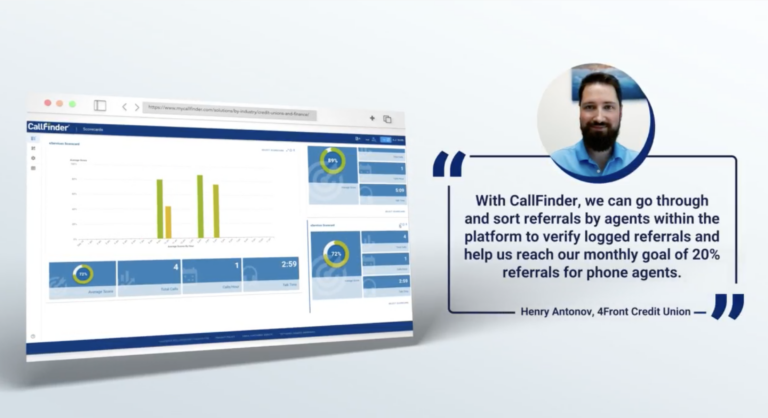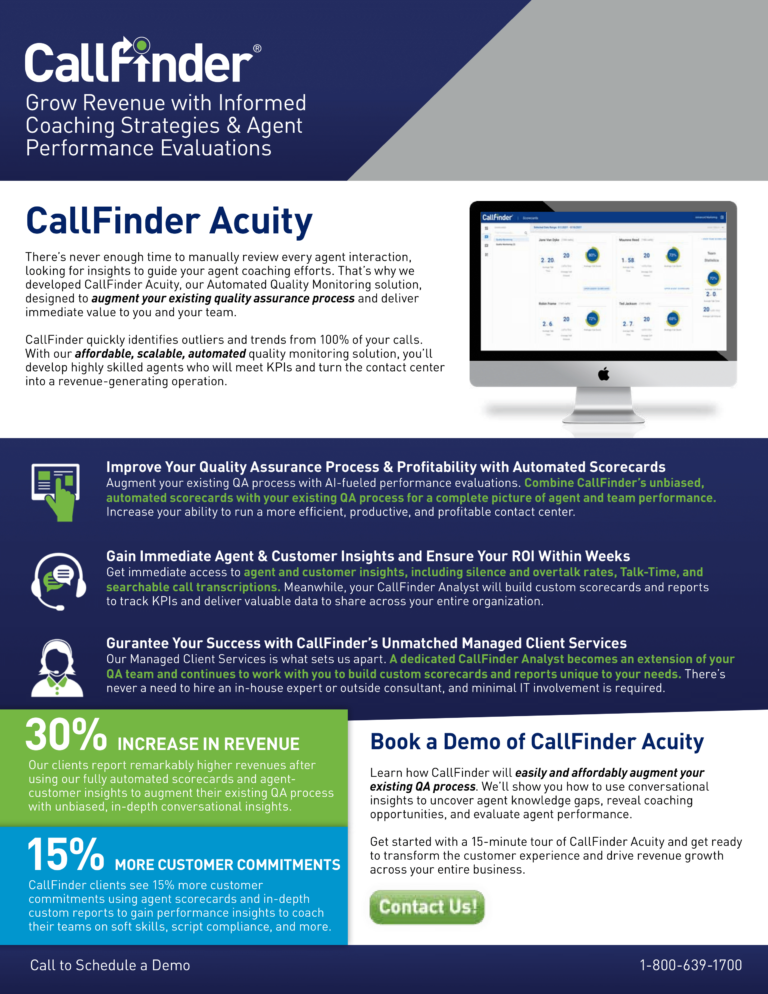Speech analytics software is a valuable tool that provides organizations with important call data that can be used to improve business processes. However, it is important to note that speech analytics isn’t a “set it and forget it” solution. In order to get the most out of the software, a company must invest in proper onboarding and ongoing support.
The steps of a speech analytics onboarding process are:
1. Define Business Objectives
The first step towards successful speech analytics software implementation is to determine what, specifically, it is being used for. Is the software being used to monitor agent performance, measure marketing program success, verify compliance, etc.? Perhaps the software is being used for multiple purposes. This must be defined outright.
2. Identify Sample Recordings
Select a sample of calls relevant to the determined business objectives to listen to in order to understand what is actually being said during these calls.
3. Review Recordings and Identify Search Terms
Review recordings closely, paying attention to which keywords and phrases are most commonly used in order to identify search terms.
4. Create Search Terms
Determine how insights, KPIs and opportunities for improvement are manifested in the spoken content of the calls and create search terms.
5. Run First Pass of Search Terms
Test the first search terms defined.
6. Evaluate & Adjust Search Terms
As you test search terms you will determine which terms work well and which terms don’t work so well. The search terms you use should continually be adjusted based on business needs (which are always evolving).
7. Adjust Confidence Levels
Speech analytics data must be associated with a confidence level for reporting purposes.
8. Measure Accuracy of searches, adjust confidence levels
Confidence levels must be in line with the accuracy of the searches.
9. Use CallFinder data against Larger Data Sets
CallFinder speech analytics data must be in line with larger data sets, pulled from other sources.
When implementing speech analytics, a company must take the time to plan and develop top priorities and a roadmap for the software. Applications and categories built must be tied to action and KPIs. Resources, including both personnel and time, must be dedicated to make sure that speech analytics is part of the organization’s regular operations, with regular deliverable timelines and communication with key stakeholders.
A team of experts can help train an organization in the skills specific to speech analytics management while helping them understand the true capabilities of the software. Following these steps results in an efficient implementation, shortening the learning curve in order to gain access to actionable insights much sooner.










